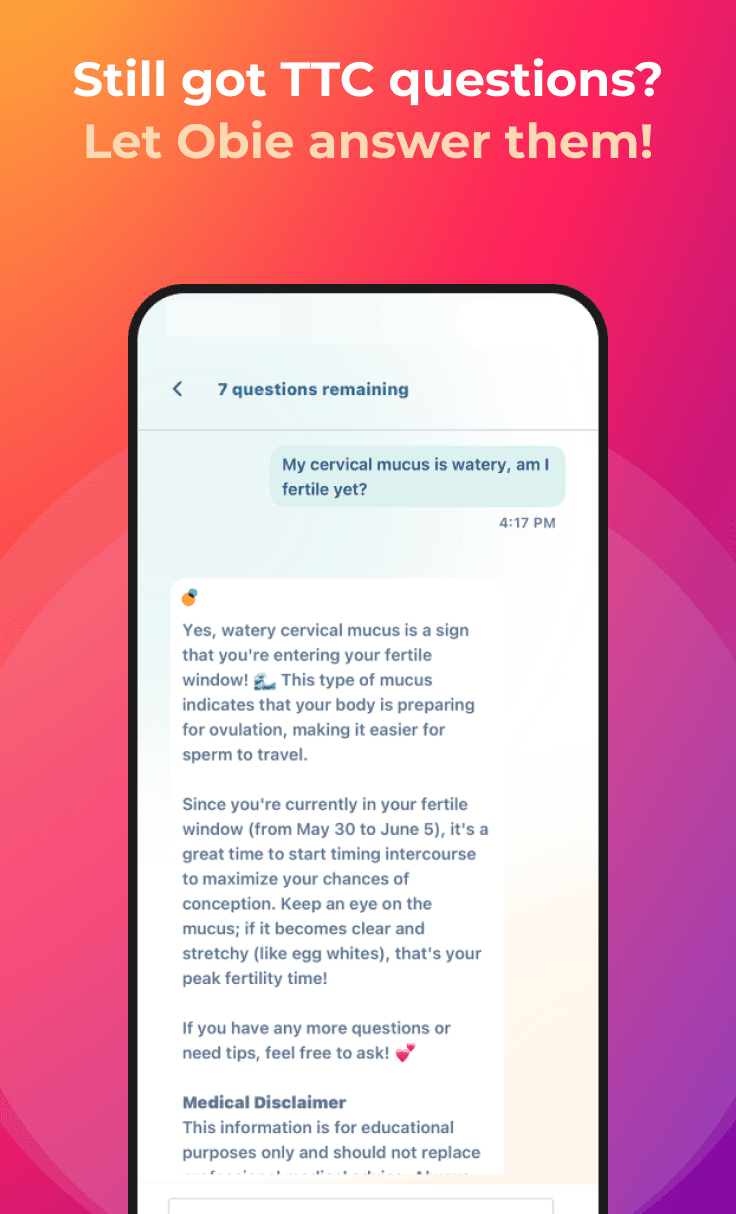Mitochondrial Donation: Fears and Benefits
Fertility and Infertility News
Obie Editorial Team
Lawmakers in the United Kingdom (UK) are on the verge of a final vote that may change forever the way certain inherited diseases are treated. The vote will decide whether or not a specific form of in vitro fertilization (IVF) will be legally allowed in the UK. As families who might benefit from this procedure watch and wait, the global medical community is in hot debate regarding the fears and benefits of this procedure.
Mitochondria’s Place Within the Cell
The human cell is comprised of many organelles (specialized subunits within the cell), each with its own function. The nucleus may be the most widely known organelle; it contains almost all the cell’s genetic material (DNA). Most cells also contain at least one other DNA-carrying organelle called a mitochondrion. The DNA in the mitochondria (plural) consists of only about fifty-four thousandths (0.054%) of all the DNA in the human genome while nuclear DNA accounts for 99.9%.
Although nuclear DNA is an equal combination of genetic materials inherited from both a father and a mother, mitochondrial DNA is passed along only from mother to child.
Mitochondrial Diseases
The mitochondria is often referred to as a cell’s battery pack or the powerhouse of the cell. Its primary function is to convert food and oxygen into energy although it contributes to many other vital cellular functions. Different cells in the body have different energy needs so the number of mitochondria varies; liver cells may have as many as 2,000 mitochondria per cell, for example, but red blood cells have none.
Certain mutations interfere with the mitochondrial ability to function. Children born with these mutations face debilitating diseases and, usually, early death. Symptoms can sometimes be alleviated but there are no cures for mitochondrial diseases, some of which include muscular dystrophy, amyotrophic lateral sclerosis (ALS, or Lou Gehrig’s disease), as well as various forms of eye disease, neuropathy, and endocrine and muscular disorders. Some neurological disorders, including severe forms of autism, have been linked to mitochondrial mutations.
Mitochondrial Donation
Mitochondrial donation studies on animals have offered hope that these diseases in humans can be overcome so a child is born free of the mutation that threatens its health. This procedure, often referred to as three-parent IVF or mitochondrial DNA transfer, would be available only to women whose family history and DNA analysis documents evidence of disease-causing mitochondrial mutations.
Mitochondrial donation involves fertilizing a woman’s egg with her male partner’s sperm. The woman’s mitochondrial DNA (and the mutation it carries) is extracted and replaced with the mitochondrial DNA of a second woman who is free of the disease-causing mutation. Two procedures are currently under development; one replaces defective mitochondrial DNA before fertilization, the other after.
Fears
Critics claim it is too early to begin mitochondrial donation in humans because:
- It is a dangerous step toward designer babies.
- Some damaged mitochondrial DNA may be left behind, jeopardizing the baby’s health.
- Mitochondrial DNA is not very well understood at this time.
- Legal approval in the UK will open the door to mitochondrial donations elsewhere.
Benefits
Although the number of women and babies that might benefit from mitochondrial donation in the UK as well as the US is small, the benefits are tremendous. Sharon Bernadi, an outspoken advocate in favor of the procedure, provides an excellent illustration of the benefits. She lost seven children to mitochondrial disease; if mitochondrial donation had been available to her, her children might have enjoyed long, robust lives.
The Vote Thus Far
The UK’s Parliament is a two-tiered form of government, much like the US Congress. In February, members of the House of Commons (similar to the US House of Representatives) voted in favor of mitochondrial donation, with a vote of 328 to 128. The House of Lords (similar to the US Senate) is expected to vote on the issue in March.
Update
On Tuesday, February 24, the UK’s House of Lords voted yes, in favor of mitochondrial donation IVF procedures. The House of Lords vote was the final phase of legislation required to make this procedure legal in the UK.
Before the UK becomes the first nation in the world to allow “three-parent babies,” the medical scientists who developed the procedure in Newcastle, England, must publish details of their final safety experiments; publication is expected in early summer 2015.
Regulations will be written at that time and enforced on October 29, 2015. Interested clinics can apply for licensing beginning on November 24. There is speculation that the first baby born of mitochondrial donation IVF will be born in 2016.
Critics fear the haste of the ruling but Frederick Curzon, Earl Howe, argues that “It would be cruel and perverse, in my opinion, to deny them” the opportunity to bear healthy babies, speaking on behalf of the families that might benefit from this ruling. Lord Howe, a member of the Conservative party, is the UK Minister of Health Services and Medicine.
Sources:
- Knoepfler, Paul. "Open letter to UK Parliament: avoid historic mistake on rushing human genetic modification." Knoepfler Lab Stem Cell Blog. N.p., 2 Nov. 2014. Web. 23 Feb. 2015.
- Turnbull, Doug M, et al. "Mitochondrial Donation — How Many Women Could Benefit?" The New England Journal of Medicine. Massachusetts Medical Society, 30 Jan. 2015. Web. 23 Feb. 2015.
- Geere, Duncan. "Three-person IVF law passes House of Lords." Wired.co.uk. Conde Nast Digital. 25 Feb. 2015. Web. 25 Feb. 2015.








